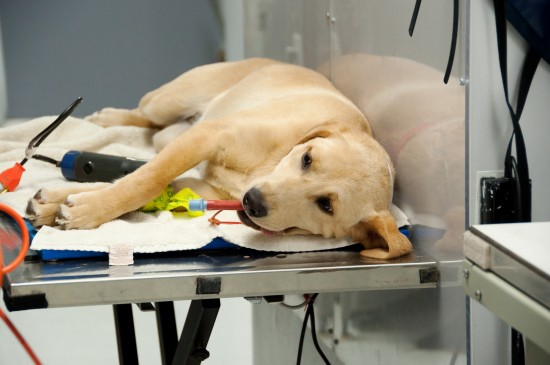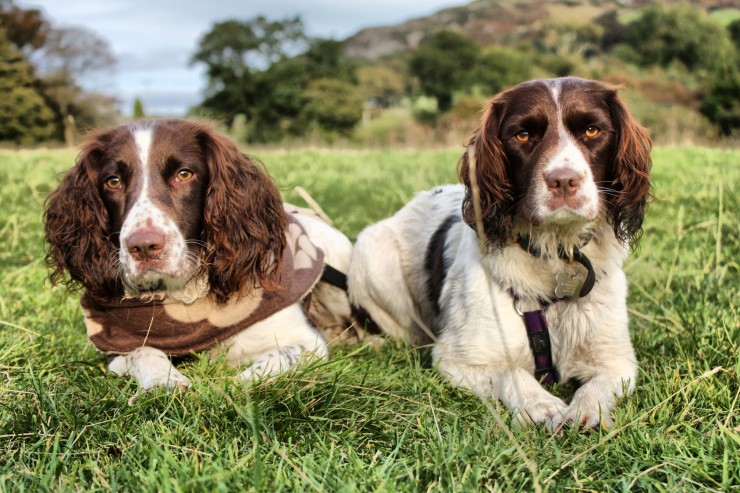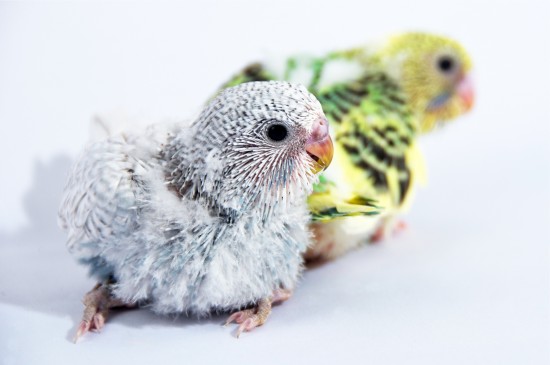
Has the cost of caring for your pet become too much? Exactly how much is too much to spend on a pet? The human society reported last year that there are over 73 million dogs in America, and 90 million cats. And this is only the ones that are known about and documented. A whopping 40 percent of all households have at least one dog, and 35 percent of all households have at least one cat.
Let's assume for a moment that you bought your pet. For an average purebred dog, you might expect to pay anywhere from $400 - $1200 dollars. This is just for the puppy, and will only likely include your first puppy vaccination shots. Within a few months you will also be looking at the cost of additional veterinary visits, cost of chew toys, food, training, crates, supplies, and any repair costs for chewed furniture. A generally healthy dog will still incur on average $200 per year in veterinary bills and a cat's average bill will be only slightly lower. But what if your dog or cat is not healthy?
The first step involves training your pets
The first things to keep in mind about your family pet is what things you can do to help lower the cost of maintenance. For starters, the first step would be to have your pets trained. You can either have your pets professionally trained, or you can choose to do this at home. There are many programs out there that will be quite effective for training all but the most aggressive canines. Unfortunately cats are not as trainable as dogs, but they still can be trained for some things like litter box usage. The better your pet is trained, the less likely they will incur potential damage to themselves or your belongings. The type and amount of training will also depend on the breed of dog you own.
Any dog owner who has had a puppy knows that they like to chew. This constant desire to chew things is often the greatest cause of property damage, next to digging, and frequently leads to a vet trip for some items that are accidentally swallowed whole. Some breeds, like golden retrievers are notorious for swallowing almost any item. Mine once swallowed an entire sock. Luckily though, this sock filled with grass was vomited up safely an hour later and did not require surgery to remove it. Make sure your puppy is trained to chew on specific items or toys. Once the puppy has learned that these items are good and others are bad, you can lessen the chance of emergency vet visits
Training your pets will also offer the benefit of pets that listen to their owners. Pets like to go for walks. Larger breed dogs such as Malamutes or German Shepherd can be quite strong and hard to control. There are wonderful training aids available to help curb your dogs of the desire to pull on his leash. One such item is often seen on a horse, and it is called a halter. First of all, when used properly, a halter will not harm your dog in any manner. I used one quite successfully with a large malamute, which is a breed of sledding dogs that are known for pulling.
The halter is designed to be placed over the dog's muzzle and attached to a leash or collar. When the dog starts to tug on the leash, the halter will provide a slight backwards tug on the dog's nose forcing the dog to turn his head. This gives the dog a moment of pause to let them know they should not be pulling ahead. Within a few days of using this item the malamute went from constantly strong pulling to gently walking beside the owner. The owner no longer worried about the dog running off and getting hurt.
The top issues that you will need to address for training purposes will include potty training, digging, biting, jumping, and coming when called. Training your pet will make your pet happier, and less likely to get into trouble in some manner. The pets will no longer poop in your home, they won't jump on strangers, and you will be able to control them when you're out in public.
Other issues besides training,
A well trained pet will considerably help to lower your overall cost of ownership. But there are also other steps that can be taken as well. One thing that we think about for ourselves is called preventative maintenance. A good number of animal owners do not think about brushing their pet's teeth, regular pet baths, or general grooming. This is often thought of for the "show dog", or the "high society" pet. But just like us, they can become infected with a myriad of disease or health issues due to being unclean. Regular bathing will also help control any potential problems with fleas, ticks and other parasites.
With a little time, patience, and practice you will be able to do a professional quality grooming in your own home. This does not need to be done by a vet or some expensive grooming shop. If you do not have the time to do this yourself, then make sure you shop around for a good groomer. Get recommendations from friends, family or your vet.
Pet foods are also a big concern when it comes to cost. Many people do not realize that most store bought brands of dog foods are not good for your pets. Think of this like eating fast food every day. Much of the common dog food consists of filler products. These can be ground up chicken, pork, or beef bones or other parts. Some pets may even develop allergies to commonly found ingredients in these major brand foods.
Pet foods with a high content of filler will not satisfy your dog's daily meal or nutritional requirements. This will often lead to repeat feedings to satisfy your dogs hunger, and if your dog remains hungry it may resort to chewing other items again. Try to keep your pet on a consistent diet as well. Too many changes from one brand to another can cause problems with their stomach or digestive systems.
We often think buying a 50 pound bag is cheaper. Until years down the line and our pet is losing his fur or becomes unhealthy for no apparent reason. Make sure to ask your vet about healthier alternatives to buying these "cheap" store foods
We own pets because we love them. They have grown to be parts of our families. We take them with us when we go on vacations, we walk them everyday through rain and snow, and we do our best to care for them. Many of us would say that our pets are priceless and that we would pay any price to keep our loving pets with us a little longer. Unfortunately we often think of this when it has become too late, or too expensive, and this does not need to be the case.
If you have a pet that you love, then like any child, get them on the healthy path early on. Feed then good quality foods, take them for regular checkups, and keep your dog clean and well trained. Consider getting things like baseline x-rays for comparison so that you will know if your pet has hip or elbow problems in the future. If you think of your pet as one of the family, then please treat them like one and take care of them with preventative care. Your pet will thank you for this treatment with many more years of additional love and devotion.
 Ten Picnic And Barbecue Foods Your Dog Should Not Eat
Ten Picnic And Ba
Ten Picnic And Barbecue Foods Your Dog Should Not Eat
Ten Picnic And Ba
 Anaesthesia & Dogs Explained
Anaesthesia & Dog
Anaesthesia & Dogs Explained
Anaesthesia & Dog
 Canine Tail Docking - The Law In The Uk
Canine Tail Docki
Canine Tail Docking - The Law In The Uk
Canine Tail Docki
 How To Breed Budgies
How To Breed Budg
How To Breed Budgies
How To Breed Budg
 For Building Chicken Coops What Things You Need To Consider
For Building Chicken Coops What Things You Need To Conside
For Building Chicken Coops What Things You Need To Consider
For Building Chicken Coops What Things You Need To Conside
Copyright © 2005-2016 Pet Information All Rights Reserved
Contact us: www162date@outlook.com